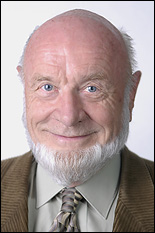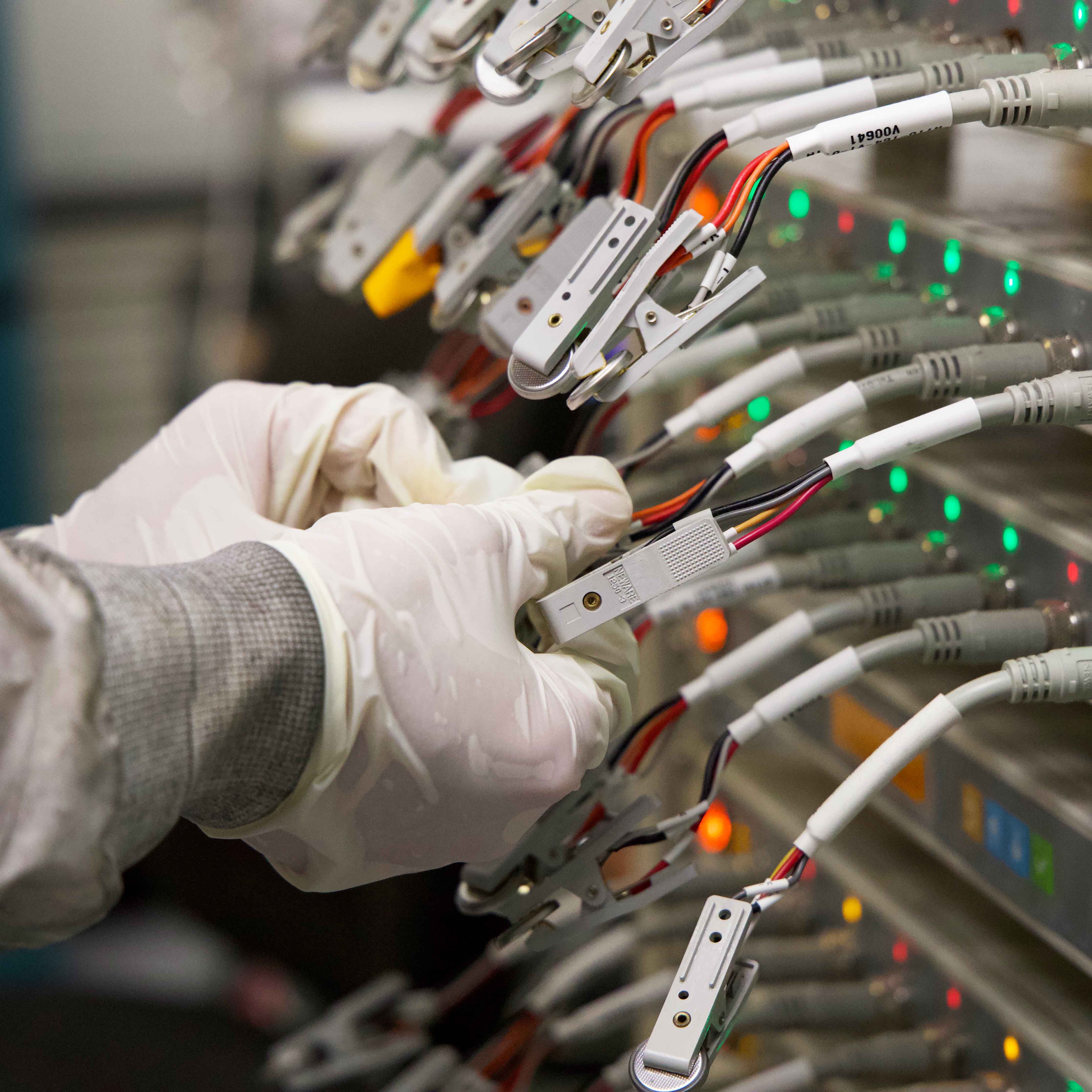News Story
Anisimov Group Seeks Critical Point of Supercooled Water
Water is one of the most familiar substances on earth, but still keeps some secrets. Department of Chemical and Biomolecular Engineering (ChBE) and Institute for Physical Science & Technology (IPST) Professor Mikhail Anisimov and his research group are out to discover them.The team has received an American Chemical Society Petroleum Research Fund Grant for a proposal titled "Cold Water: A Novel Supercritical-Fluid Solvent." The project will explore the unusual properties of supercooled water, which remains in a liquid form well below 0º C (32º F).
A critical point is a temperature at and beyond which multiple phases of water (such as fluid and vapor) cease to exist and the water becomes what is known as a supercritical fluid. Near these critical points, fluids possess unusual properties, such as high compressibility and very low interfacial tension.
While the high-temperature vapor/liquid critical point of water and the phenomena surrounding it are known and have been well studied, whether a liquid/liquid critical point exists at very cold temperatures has not been clearly established and has been debated since the mid-1990s. Anisimov and his group hope to find that critical point, which could confirm whether or not water becomes polyamorphous (capable of existing in multiple liquid forms), and could pave the way for the use of cold water as a supercritical fluid solvent.
Previous studies (e.g., Stanley et. al. 2008) have hypothesized that if water can exist in two forms at a liquid/liquid critical point, one would be similar to ordinary liquid water, while the other would be a low-density liquid with a density similar to that of ice.
"Small samples of very pure liquid water can be supercooled down to about –38 °C [-36 ºF], where they freeze to ice," explains Anisimov Group member and ChBE research scientist Dr. Vincent Holten. "Measurements on supercooled water show that several properties, such as heat capacity and compressibility, exhibit a strong increase with cooling, which looks similar to the behavior near a critical point." But, he says, these behavioral anomalies are difficult to study. "If this critical point exists, it would be located at a temperature where liquid water cannot exist, making it experimentally inaccessible."
The group's approach is to add a solute, such as a salt or alcohol, to samples of pure, supercooled water. This should raise its critical point to higher temperatures, making it observable through experimental, theoretical, and computational investigations.
In addition to Anisimov and Holten, the investigators include Ph.D. candidate Daphne Fuentevilla (M.S. '07), ChBE research associate Dr. Deepa Subramanian (Ph.D. '12), and Princeton University professor Pablo G. Debenedetti. ChBE and IPST Distinguished University Professor Emeritus Jan Sengers is collaborating with the team.
Fuentevilla will present some of the group's research in a talk titled "Cold Water As a Novel Supercritical-Fluid Solvent: A Two-State Model," at the 2012 national meeting of the American Institute of Chemical Engineers in Pittsburgh, Pa.
For More Information:
Visit the Anisimov and Sengers Joint Research Group web site »
Published October 10, 2012













